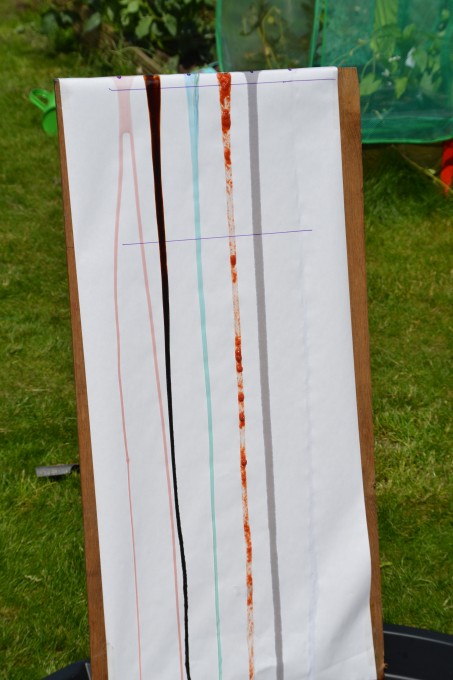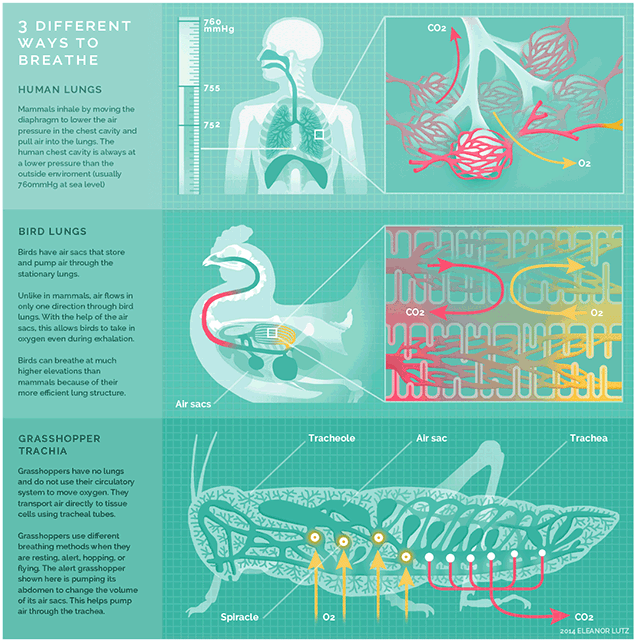Viscosity experiment for kids.
This would be awfully messy to do at home, in school or as STEM, but isn’t science supposed to be messy and fun?
In the blog, different home-found liquids were used to test their viscosity in a simple ramp race. They used oil, water, passata, corn syrup, treacle and ice cream sauce. I love those options! I might change passata for ketchup and try other table sauces, too, even possibly different brands of one table sauce. Just to stretch the STEM Club into thinking a bit harder! It’ll be just as messy as the syrup one we currently do (syrup at room temperature, from the fridge and warmed in boiling water), but maybe a little bit less sticky. Plus, table sauces come in squeezy bottles and are relatively cheap for all of the waste that will come with it!


